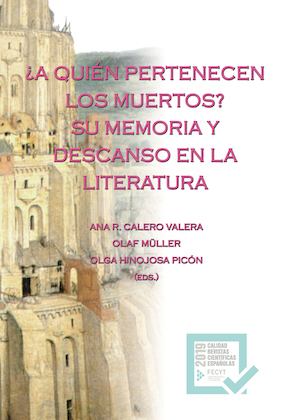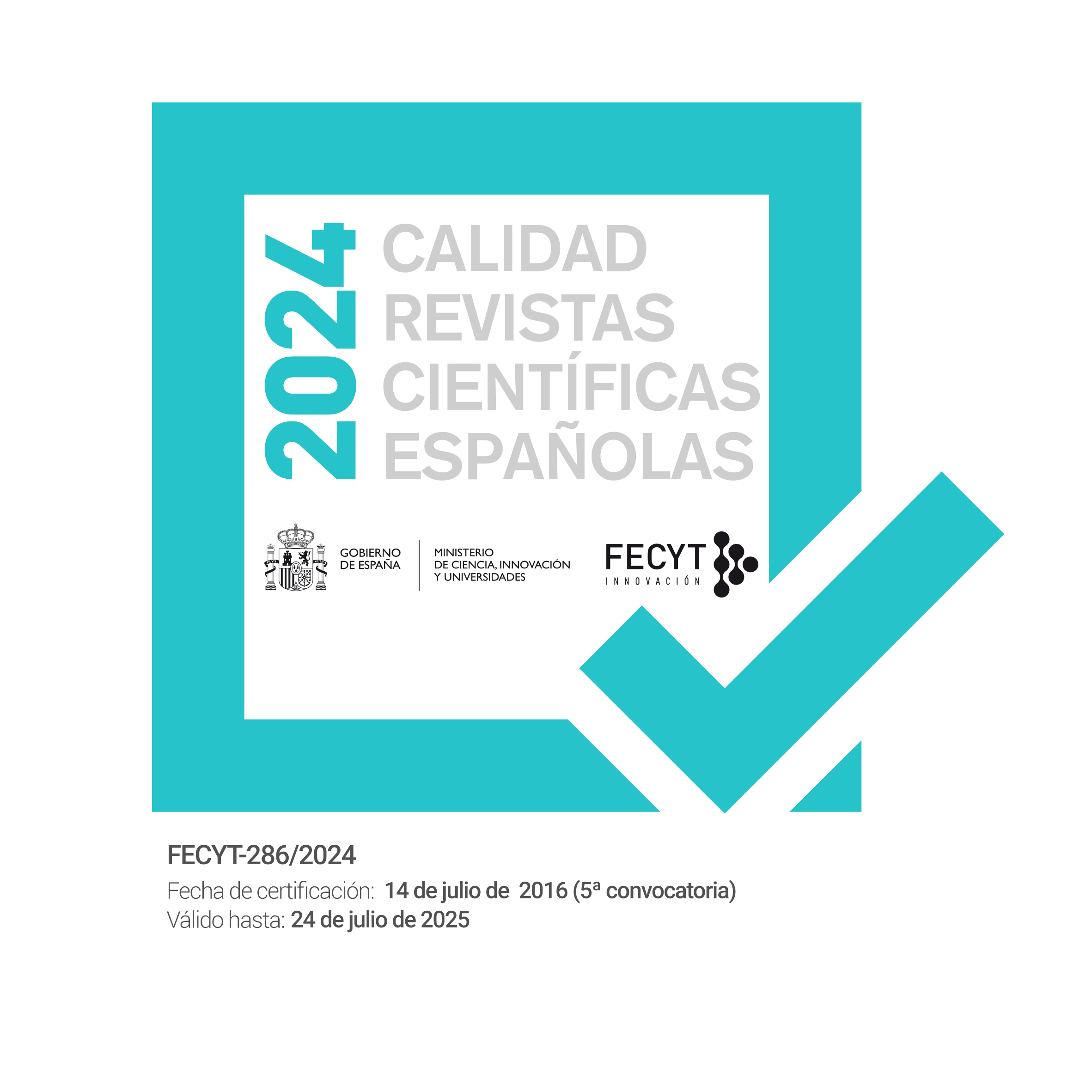“E il ritorno per molti non fu” La narrazione della morte nel canto popolare sulla Grande Guerra
DOI:
https://doi.org/10.7203/qdfed.24.16338Paraules clau:
canto popolare, Grande Guerra, percezione dei morti, paesaggio di morte, etnofilologia Resum
Resum
Le centinaia di canti popolari italiani composti durante la Prima Guerra Mondiale offrono un punto di vista particolare e non scontato sulla morte e sui morti. Lontani dalla retorica patriottica delle canzoni di coscritti, alcuni di questi canti restituiscono oggi nel l’immagine agghiacciante di esseri umani che vivono in un territorio di frontiera nel quale i propri compagni sono i morti stessi, accanto a loro, prima di loro e dopo di loro: un vero e proprio paesaggio della morte, di cui i cadaveri costituiscono la macabra ossatura.
 Descàrregues
Descàrregues
Descàrregues
Publicades
Com citar
-
Resum568
-
PDF (Español)990
Número
Secció
Llicència
 Este obra está bajo una licencia de Creative Commons Reconocimiento-NoComercial-SinObraDerivada 4.0 Internacional.
Este obra está bajo una licencia de Creative Commons Reconocimiento-NoComercial-SinObraDerivada 4.0 Internacional.
Tots els documents inclosos a OJS són d'accés lliure i propietat dels seus autors i/o institucions editores, i per tant, qualsevol acte de reproducció, comercialització, comunicació pública o transformació total o parcial necessita el consentiment exprés i escrit d'aquests.
________
Authors who publish with this journal agree to the following terms:
- Authors retain copyright and grant the journal right of first publication with the work simultaneously licensed under a Creative Commons Attribution License that allows others to share the work with an acknowledgement of the work's authorship and initial publication in this journal.
- Authors are able to enter into separate, additional contractual arrangements for the non-exclusive distribution of the journal's published version of the work (e.g., post it to an institutional repository or publish it in a book), with an acknowledgement of its initial publication in this journal.
- Authors are permitted and encouraged to post their work online (e.g., in institutional repositories or on their website) prior to and during the submission process, as it can lead to productive exchanges, as well as earlier and greater citation of published work (See The Effect of Open Access).




